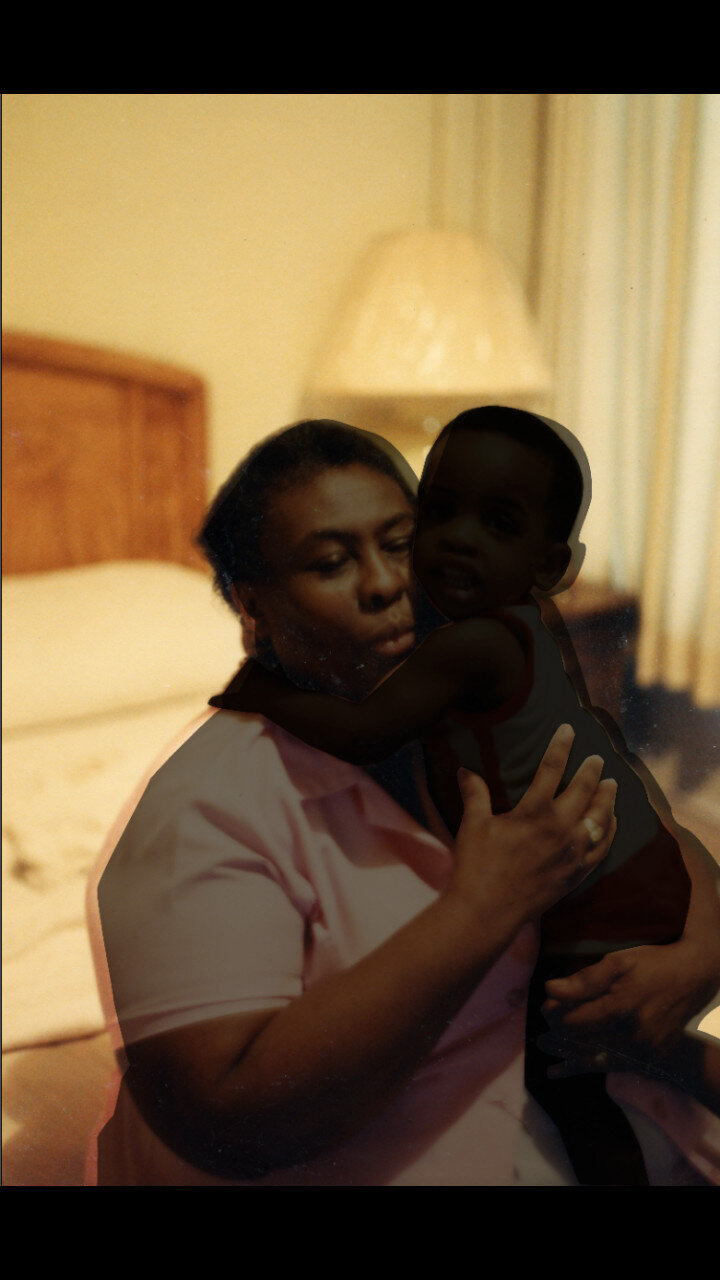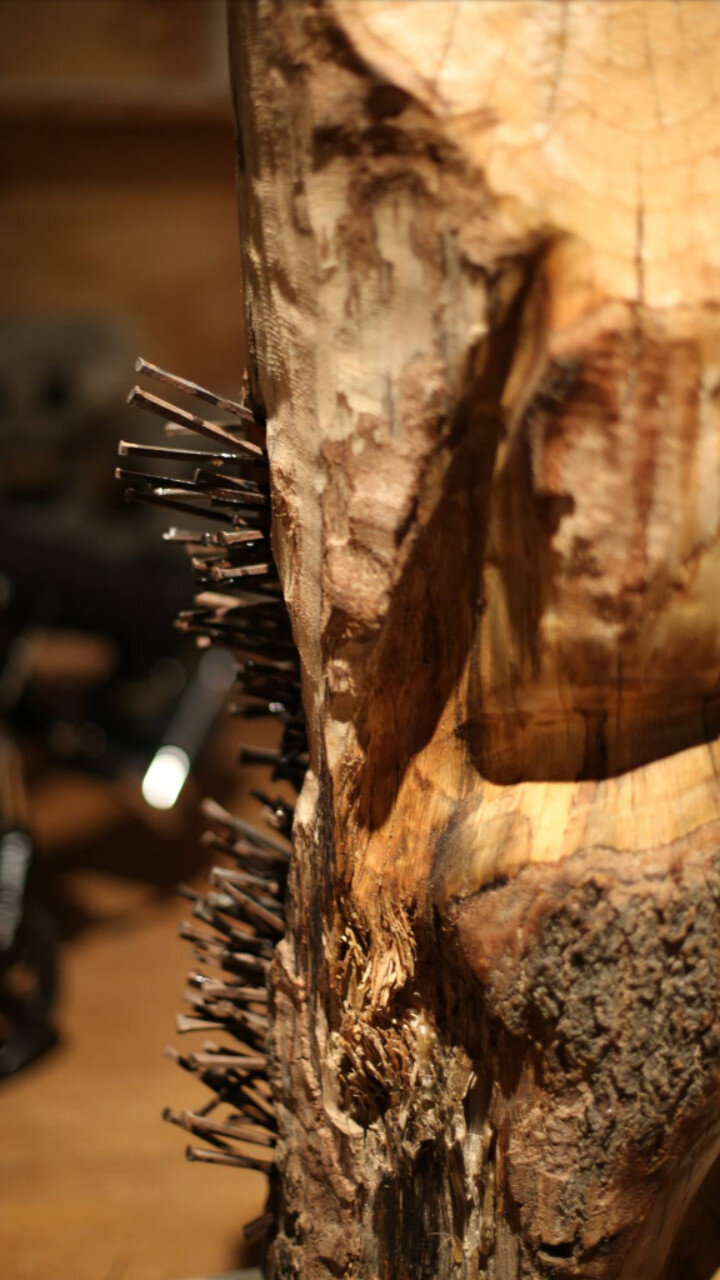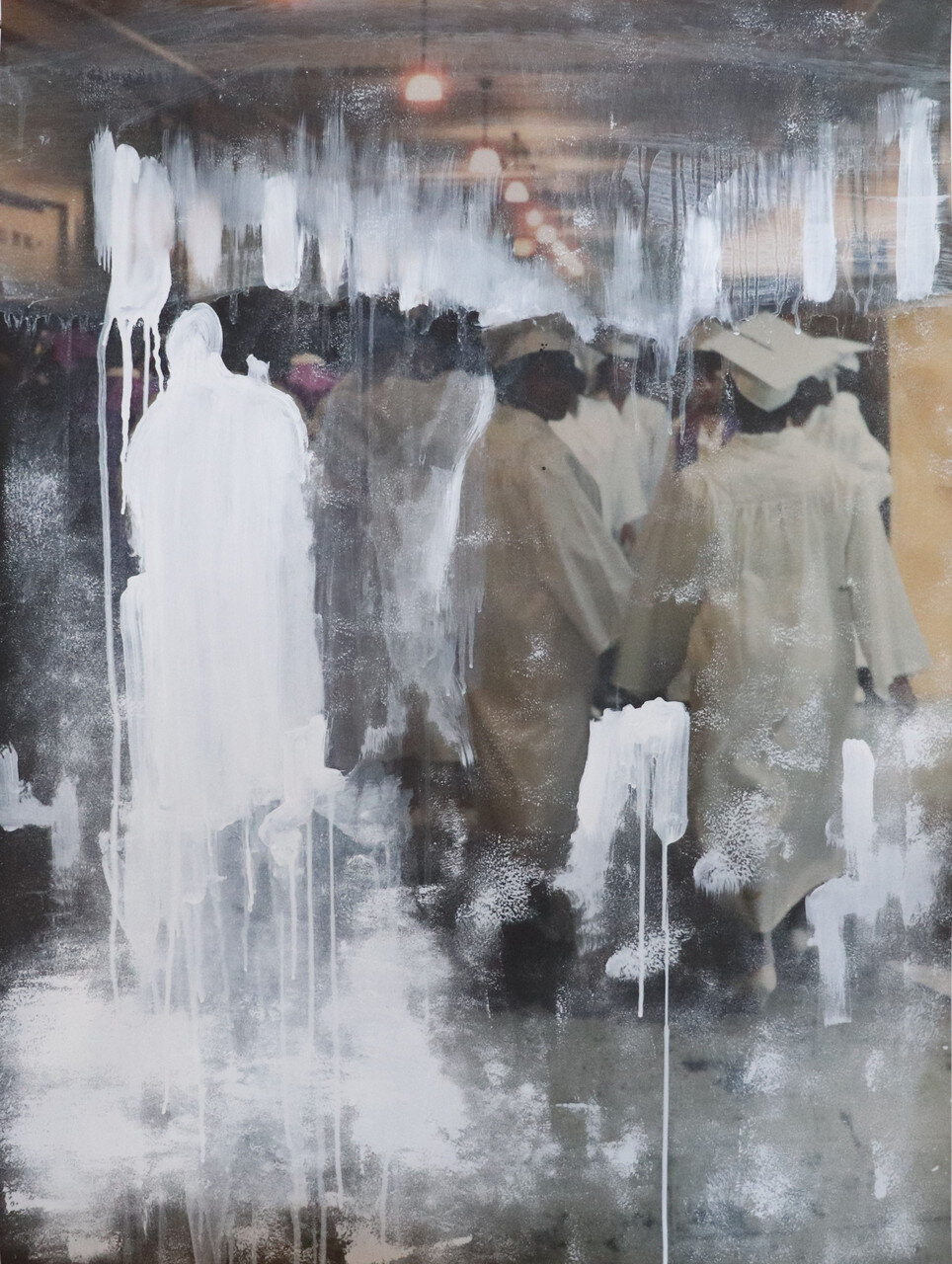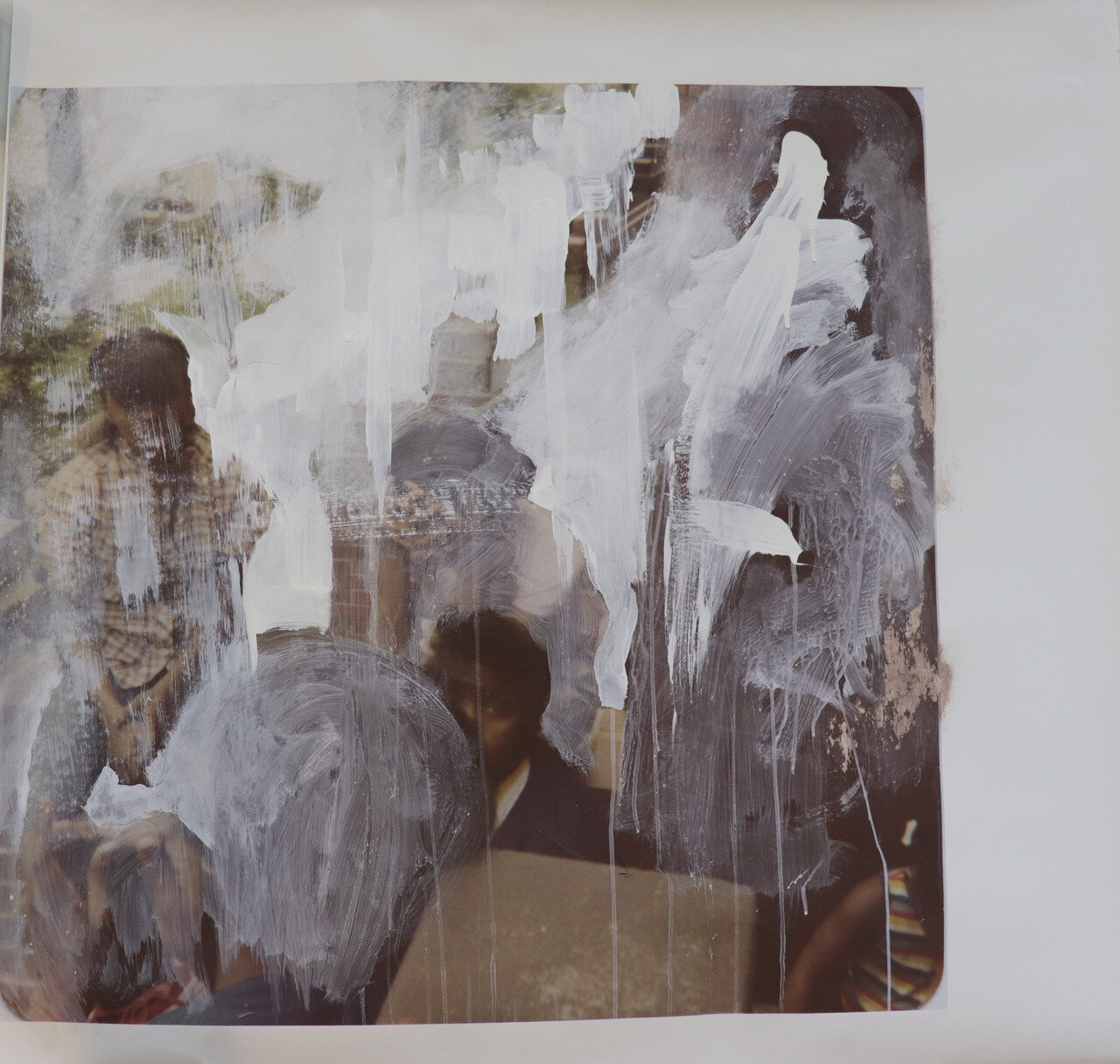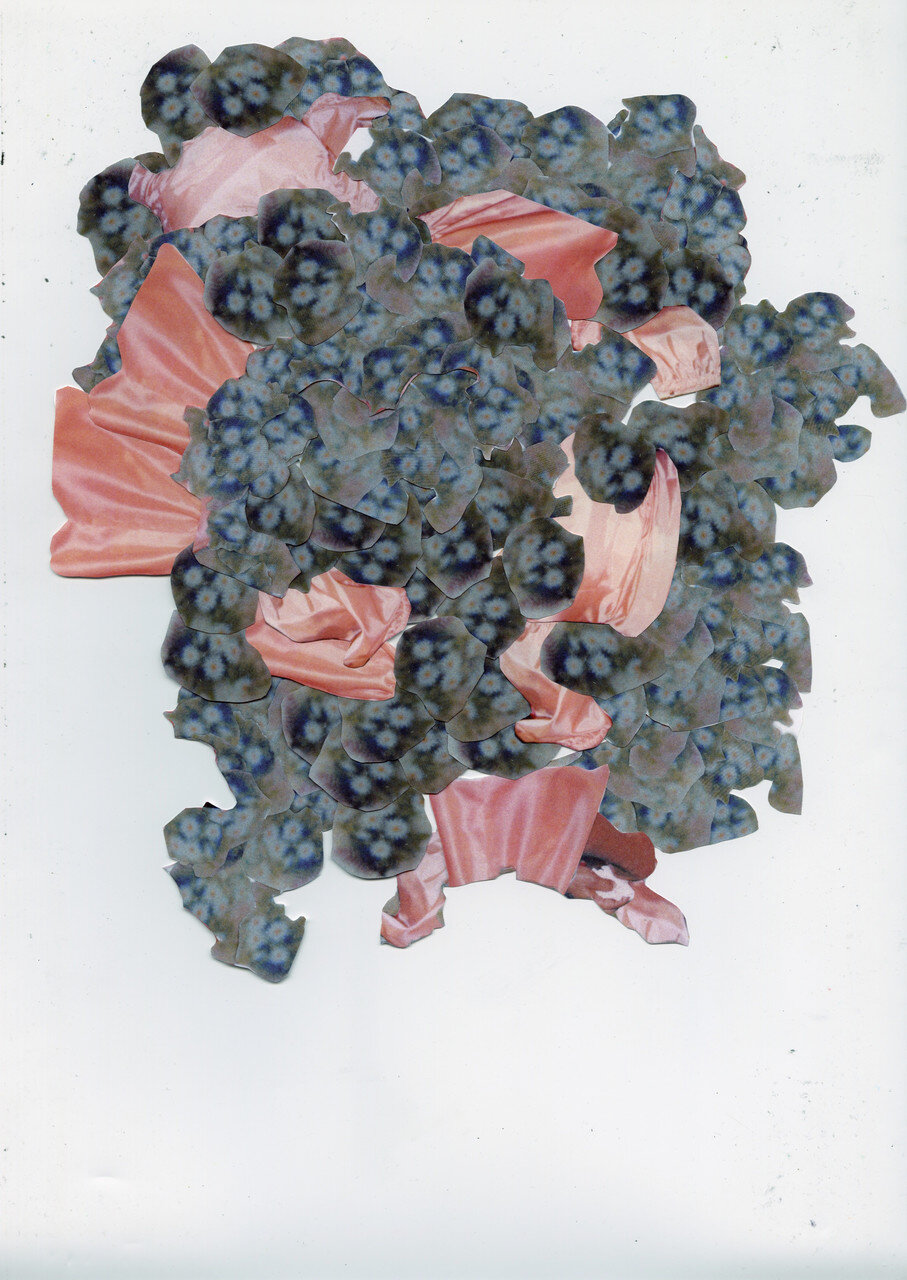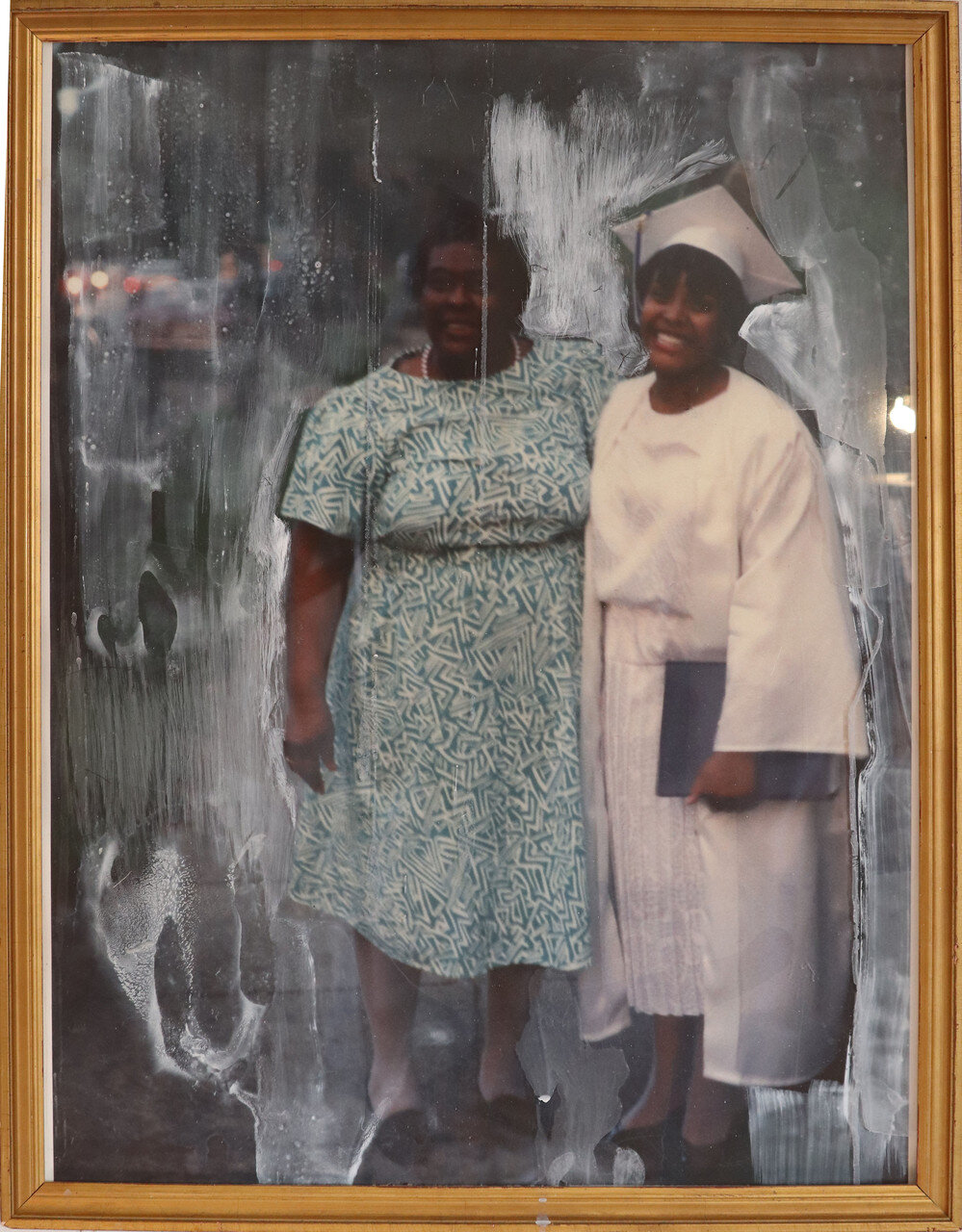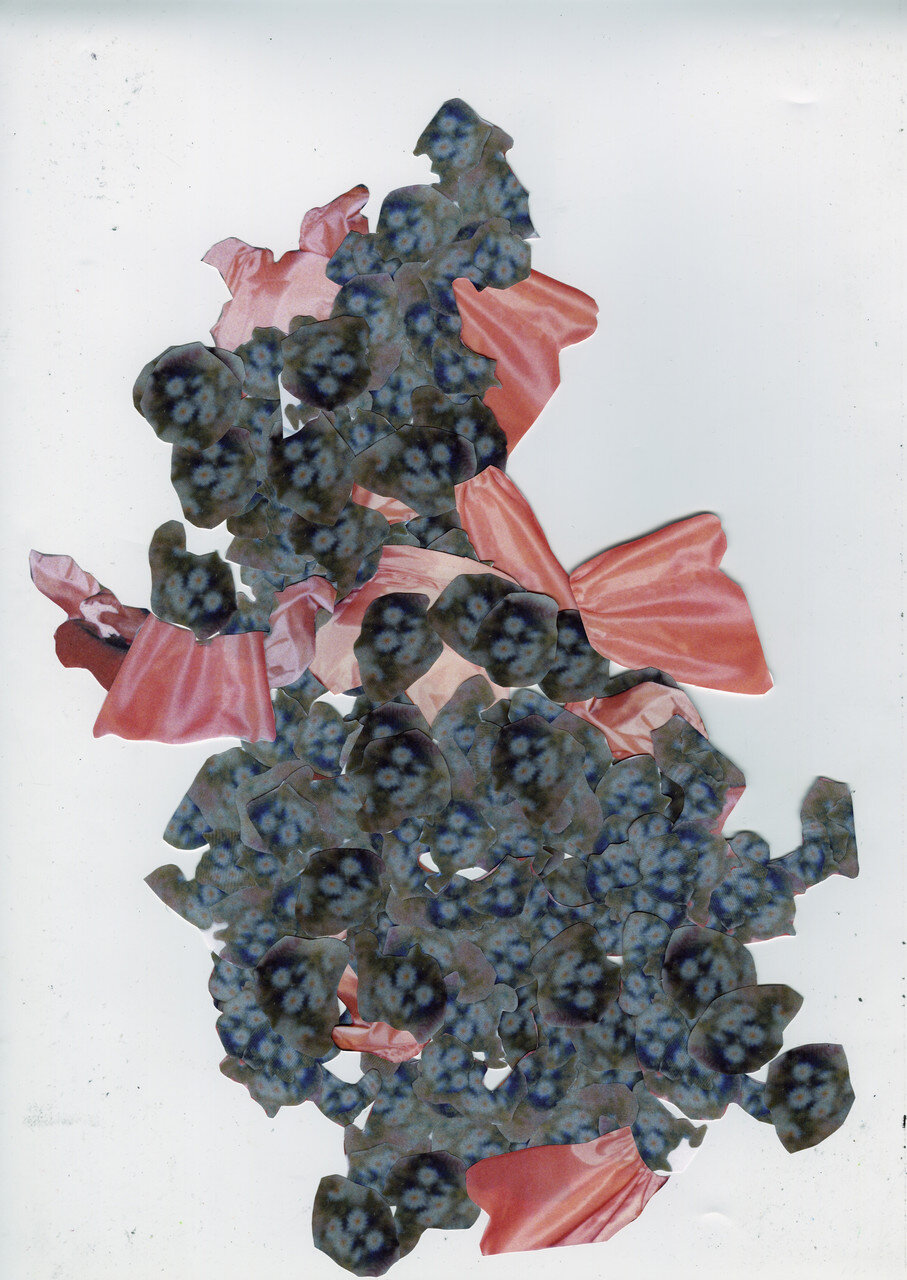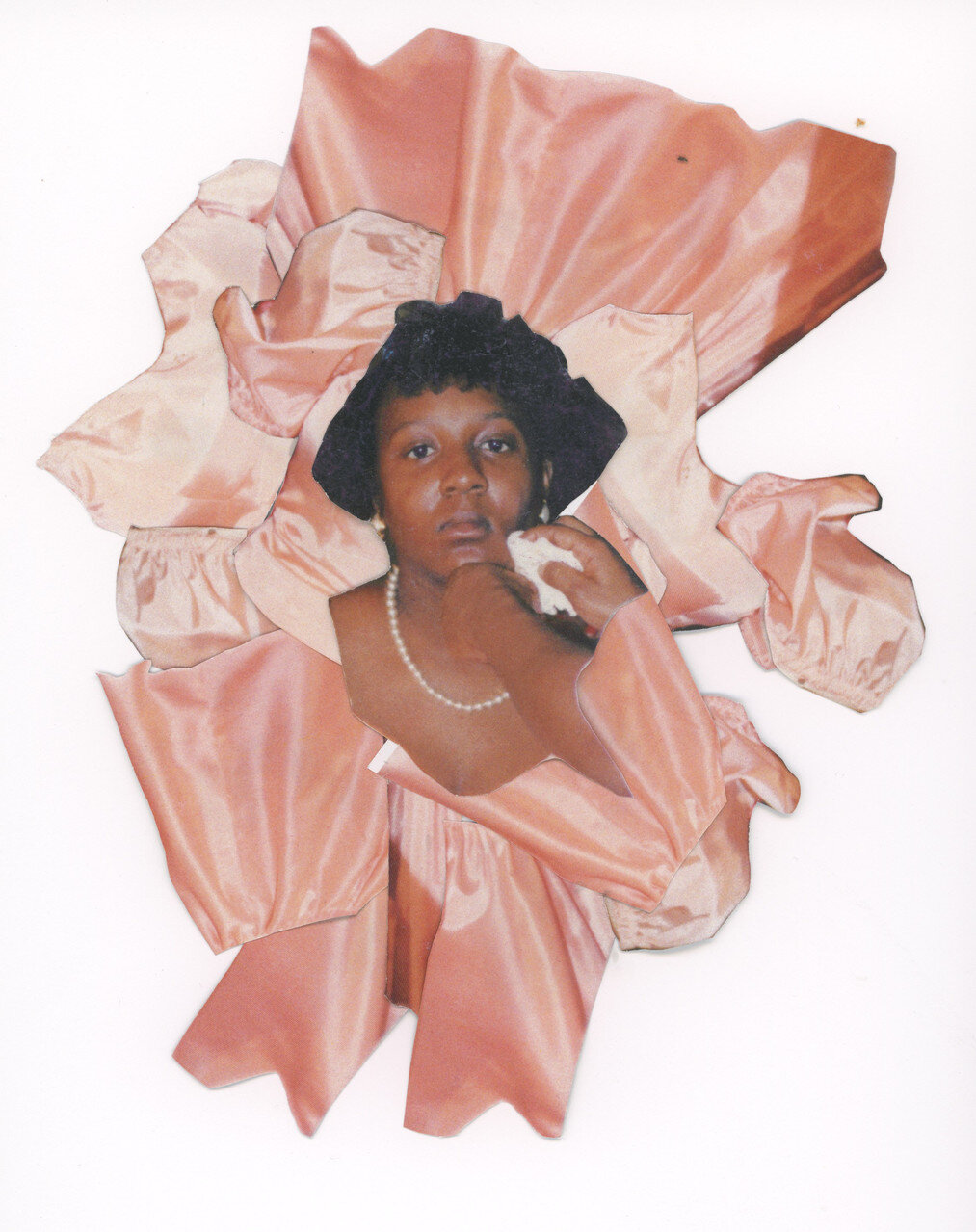Lionel Frazier White III (b. Washington, DC; lives and works in Washington, DC) is a Washington, DC, native; arts educator; and interdisciplinary conceptual artist who works in painting, drawing, wood sculpture, installation, and mixed media collage. White’s work explores themes of forced and coerced labor and their effect on family pathology, erasure, displacement, reassertion, and gentrification. White holds a Bachelors in Fine Arts from the George Washington University Corcoran School of the Arts and Design (2018) and is a graduate of the Duke Ellington School of the Arts high school in Washington, DC. His work has been exhibited at the DC Commission on Arts and Humanities, Prince George's African American Art Museum and Cultural Center, Torpedo Factory |Connect The Dots, Rush Arts Galleries, and Area 405. White was a 2019 Halcyon Arts Lab Cohort 3 Fellow in Residence in Washington, DC.
Artist statement
I am a third and fourth generation DC native who has a conceptual socially engaged practice. The themes in my work focus on gentrification, infrastructure, rememory, reassertion, and how they affect long-time DC residents. I communicate these themes through mixed media collage, installation, and performance.
I create collages by painting, cutting, stacking, and altering copies of archived images from family, friends, and historical documents taken in DC. I hold picture parties to share this practice with others. Through my work, I hope to activate memories and the sensory emotional feelings attached to them. By understanding our relationships to these images and the feelings they trigger we learn the importance of our memories and how collective memories contextualize history. As we share stories we find commonalities that express cultural nuances.
My work shows how these stories are being obscured and erased as a result of gentrification. Performance serves to stage interventions that reassert the presence of longtime DC residents. Both performance and photographic artifacts are used to understand the relationships of persons, places, and things, and show how they all define one another. The goal is to reassert and juxtapose social histories and narratives up against currently gentrified spaces to illuminate the problematic nature of gentrification. The framework of my practice is inspired by “March On,” a collaboration between Bryony Roberts, Mabel O. Wilson, and Marching Cobras and Tricia Rose’s book Black Noise. “March On” is a performance art piece that looks at the historical significance of black marching bands, and how its performance magnifies the politics of black bodies as they navigate gentrifying space while confronting a culture of hyper-surveillance. In Black Noise, Tricia Rose describes the nature of rap as a continually evolving relationship between black cultural practice, social and economic conditions, technology, sexual and social politics, and the institutional policing of the popular terrain. My practice focuses on how black bodies navigate and contest with the politics of space. For example, in the urban environment, infrastructure like apartment complexes causes the nature of community interactions to be different than in the more spaced-out suburbs. I focus on understanding the changing nature of space and maintaining resilience against forces that would erase black people and their legacy.


